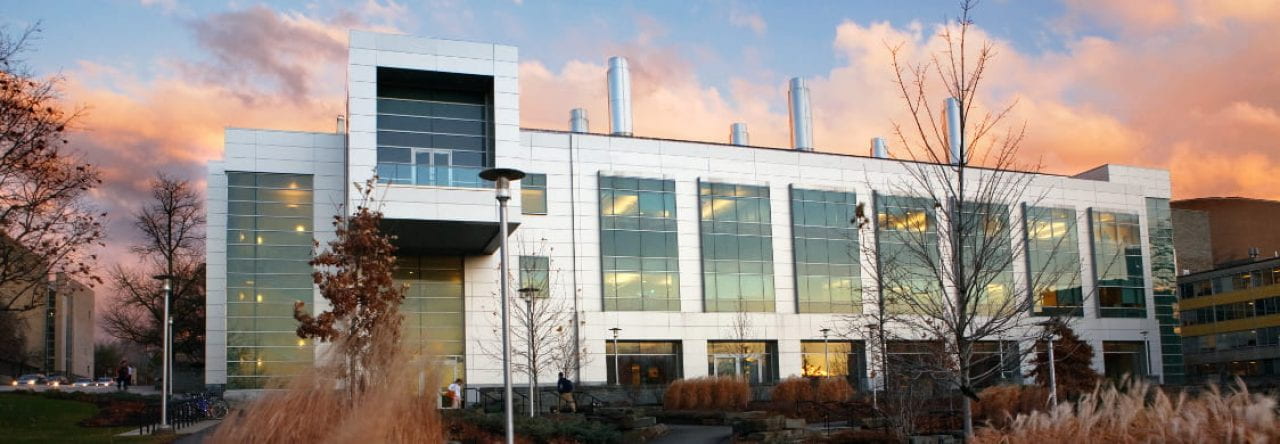Ankit Disa
Assistant Professor
Applied and Engineering Physics
Biography
Ankit Disa earned his B.S. in Applied and Engineering Physics from Cornell University in 2010 and his Ph.D. in Applied Physics from Yale University in 2016. His doctoral work focused on manipulating electronic and magnetic properties of complex oxides through the synthesis of atomically precise heterostructures. He then joined the Max Planck Institute for the Structure and Dynamics of Matter in Hamburg, Germany as a postdoctoral scientist, where he developed novel methods to control functional properties on ultrafast time scales using THz light. In 2017, he was awarded the Alexander von Humboldt Research Fellowship. In 2019, he became a fellow of the Max Planck-NYC Center for Non-equilibrium Quantum Phenomena based at Columbia University. He returned to Cornell in July 2022 to join the faculty in Applied and Engineering Physics as an Assistant Professor.
Research Interests
Research in Disa’s group centers around understanding and controlling the properties of quantum materials at the smallest length and time scales possible.
Quantum materials are characterized by strong interactions that couple electron charges, spins, and orbitals, and the surrounding atomic lattice, leading to unique emergent phenomena, such as high-temperature superconductivity, colossal magnetoresistance, and topologically protected transport. These features could help address global technological challenges by enabling faster and more efficient information processing, enhanced energy harvesting and storage, scalable quantum computing, and more. In the Disa group, we seek to harness these quantum functionalities by combining ultrafast optical techniques with atomic layer synthesis.
A major focus of our lab will be exploring the use of light to dynamically control quantum phases and induce new non-equilibrium functionalities on ultrafast (femto- to picosecond) timescales. Systems of interest include superconductors, magnets, ferroelectrics, and other electronically ordered solids. Key to this approach is the development of novel optical sources and nonlinear techniques to enable the study of structural and electronic excitations spanning the terahertz/infrared frequency range.
We are especially interested in investigating non-equilibrium processes in artificially engineered heterostructures with atomic dimensions. By exploiting the ability to tune picometer scale structure, composition, and dimensionality in such heterostructures, our goal is to gain a microscopic understanding of how light-induced non-equilibrium phases form, how to control them, and how to functionalize them. Ultimately, we aim to establish a novel paradigm of non-equilibrium materials design, centering around the idea that one can create highly desirable dynamical states of matter by engineering light-matter interactions at the atomic scale
- Condensed Matter and Material Physics
- Optical Physics and Quantum Information Science
- Advanced Materials
- Nanotechnology
- Nonlinear Dynamics
Selected Publications
- “Engineering crystal Structures with light.” A.S. Disa, T.F. Nova, and A. Cavalleri, Nature Physics 17, 1087-1092 (2021).
- “Polarizing an antiferromagnet by optical engineering of the crystal field.” A.S. Disa, M. Fechner, T.F. Nova, B. Liu, M. Först, D. Prabhakaran, P.G. Radaelli, A. Cavalleri, “Nature Physics” 16, 937-941 (2020).
- “Metastable ferroelectricity in optically strained SrTiO3.” T.F. Nova, A.S. Disa, M. Fechner, A. Cavalleri, Science 364, 1075-1079 (2019).
- “Picoscale materials engineering,” S. Ismail-Beigi, F.J. Walker, A.S. Disa, K.M. Rabe, C.H. Ahn, Nature Reviews Materials 2, 17060 (2019).
- “Orbital engineering in symmetry-breaking polar heterostructures,” A.S. Disa, D.P. Kumah, A. Malashevich, H. Chen, D.A. Arena, E.D. Specht, S. Ismail-Beigi, F.J. Walker, C.H. Ahn, Physical Review Letters 114, 026801 (2015).
Selected Awards and Honors
- Alexander von Humboldt Research Fellowship – 2017
- APS Division of Materials Physics Ovshinsky Student Award – 2015
- NSF Graduate Research Fellowship – 2011
- Cornell AEP Dorothy and Fred Chau Award – 2010





